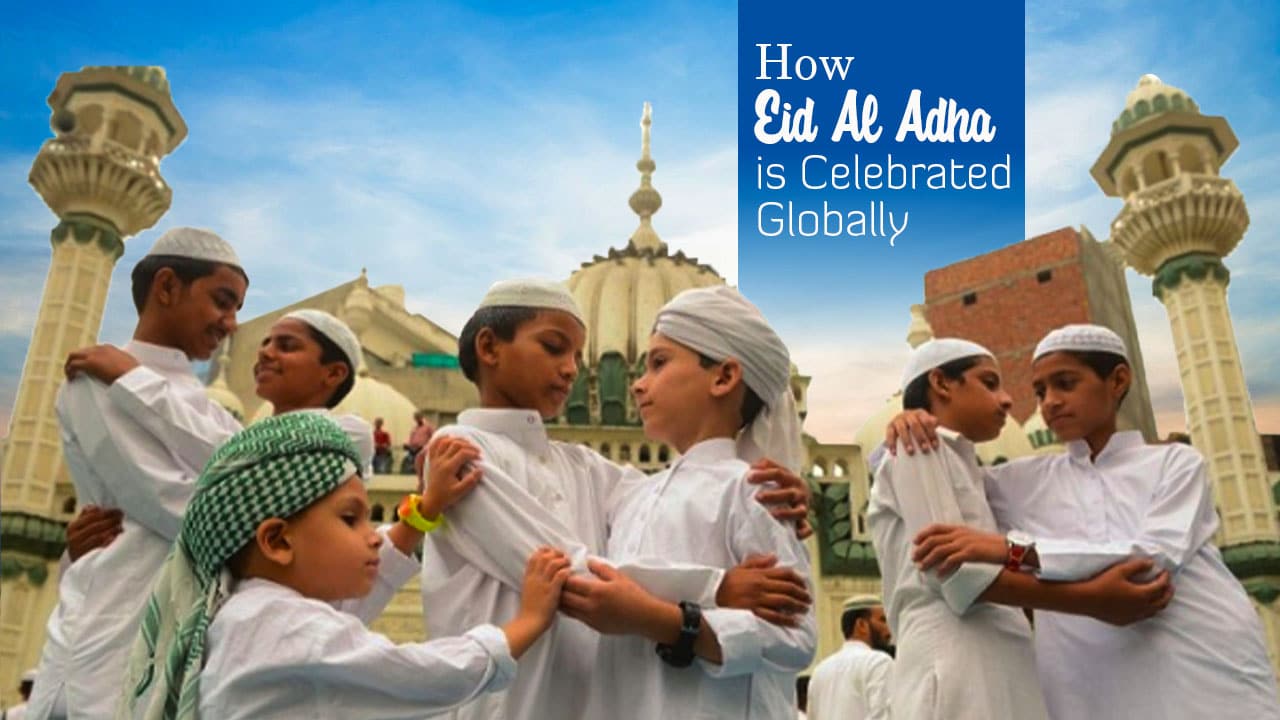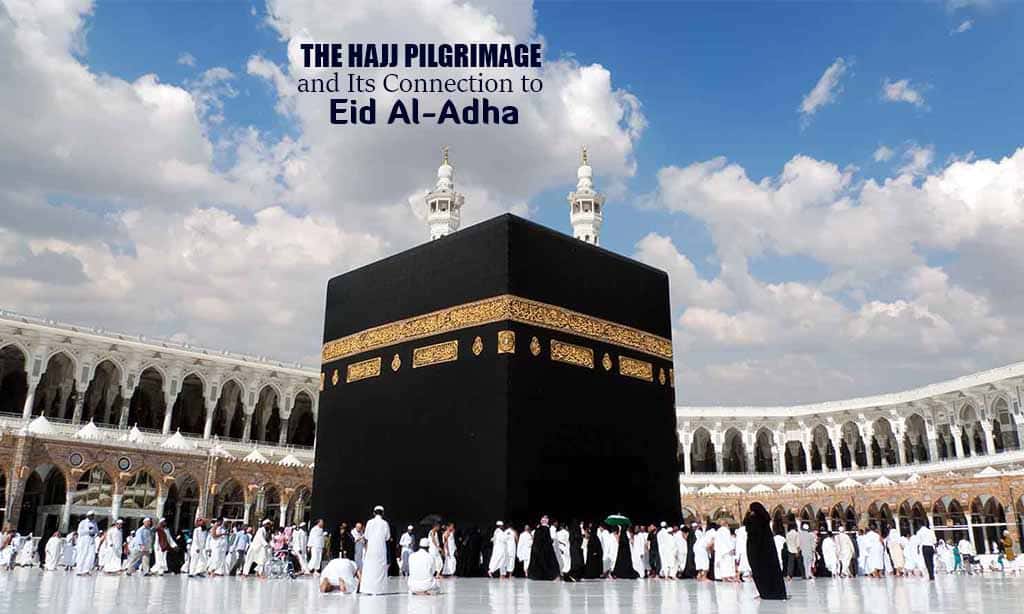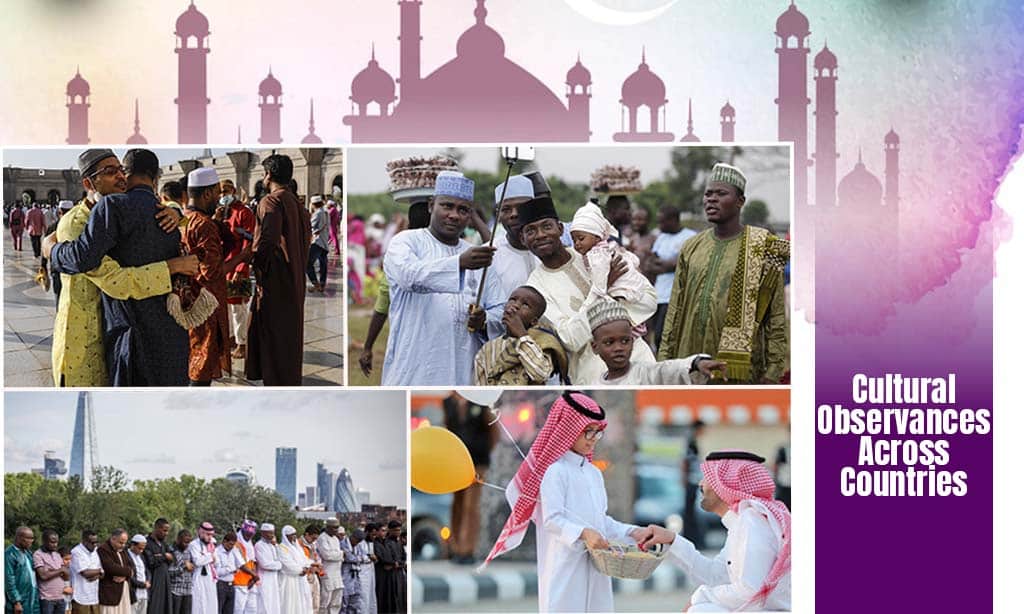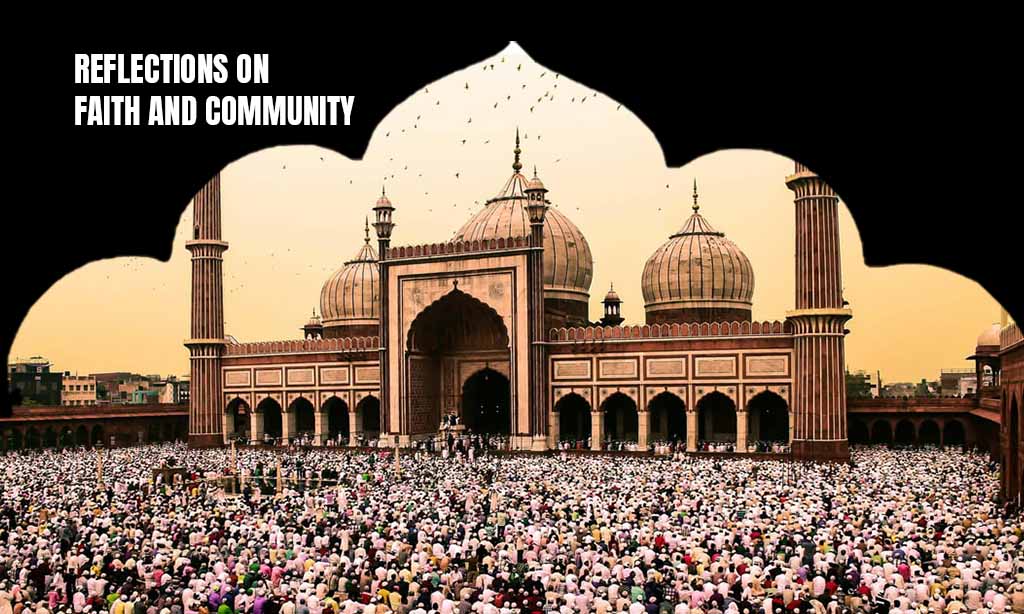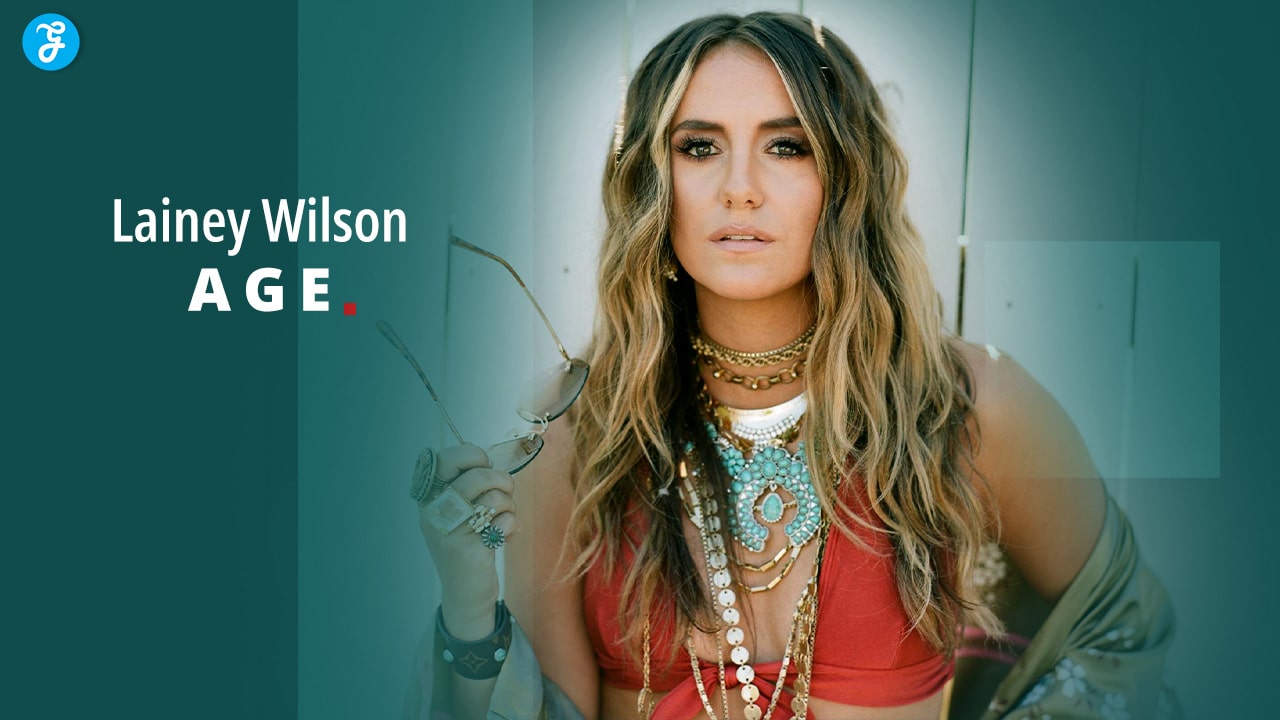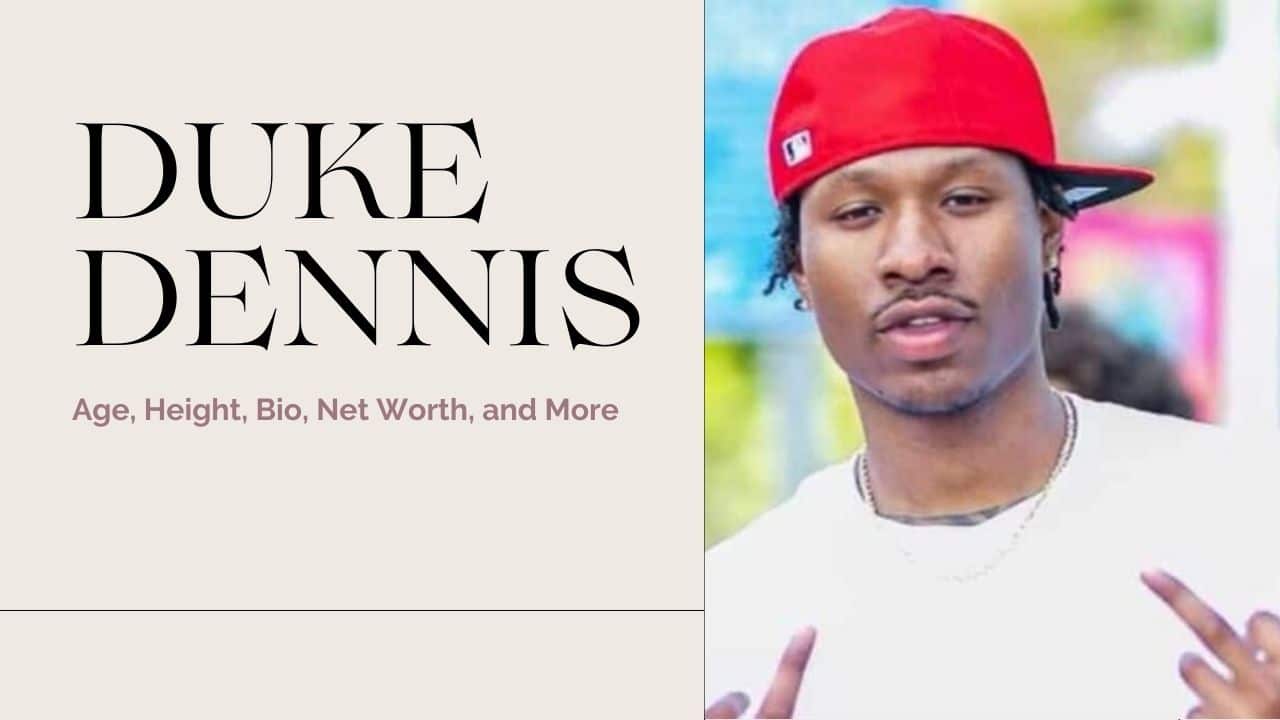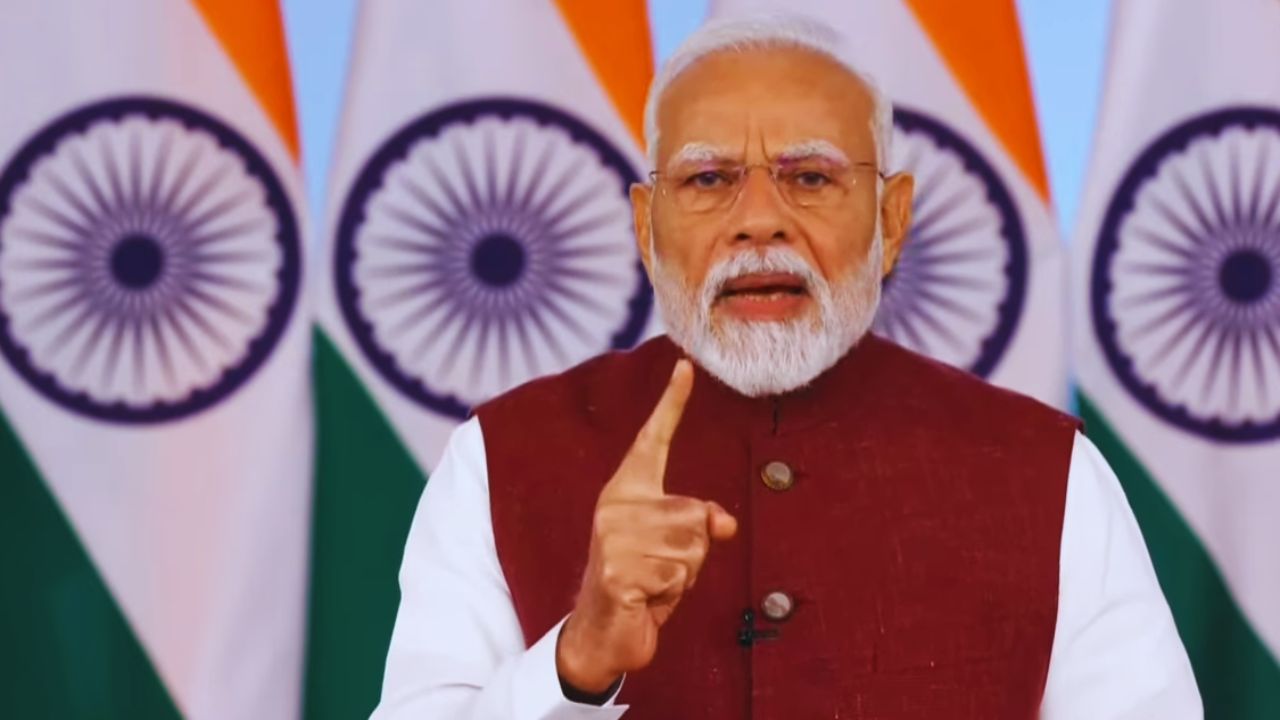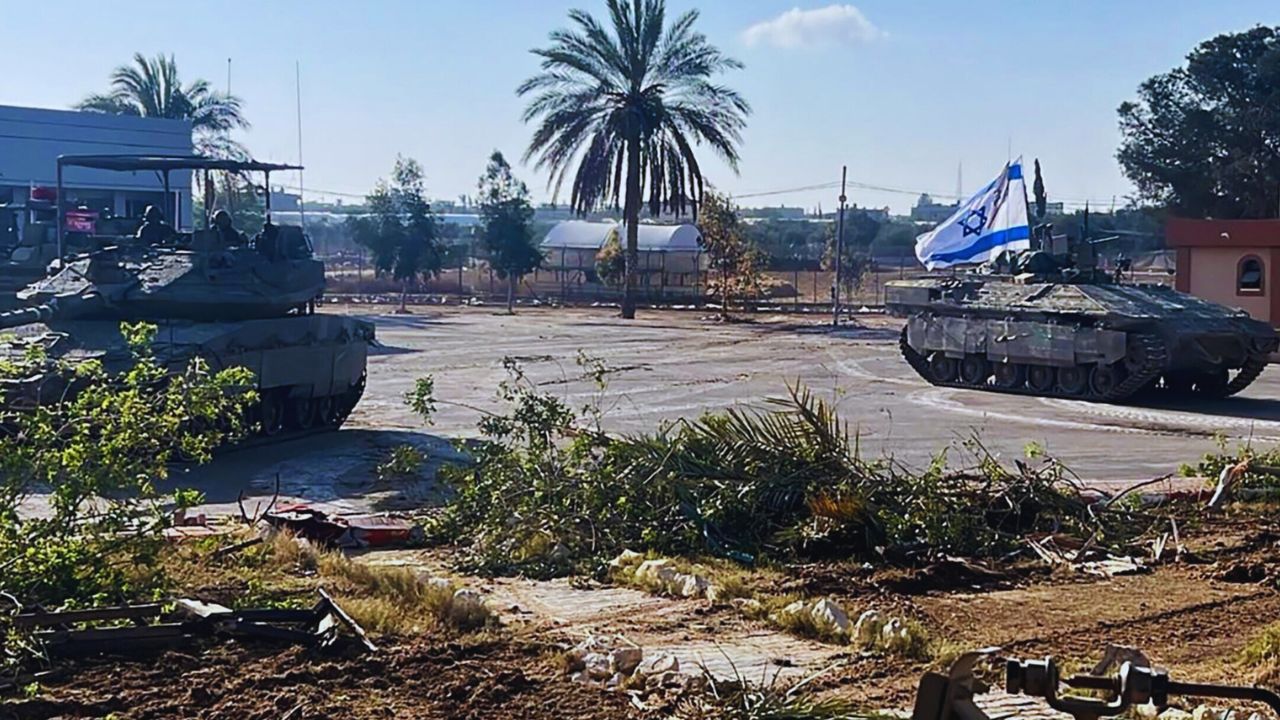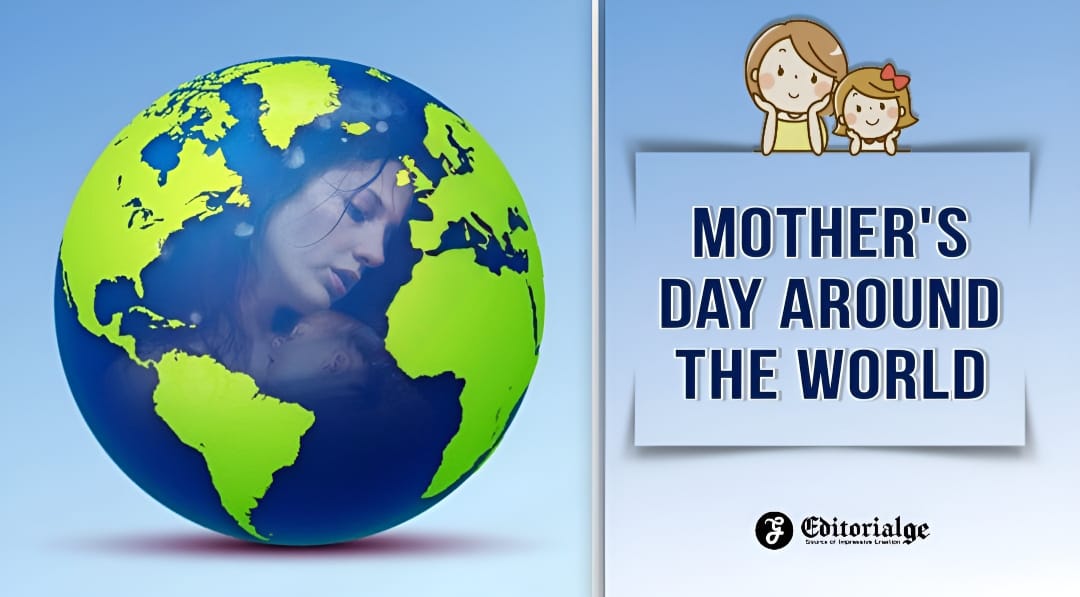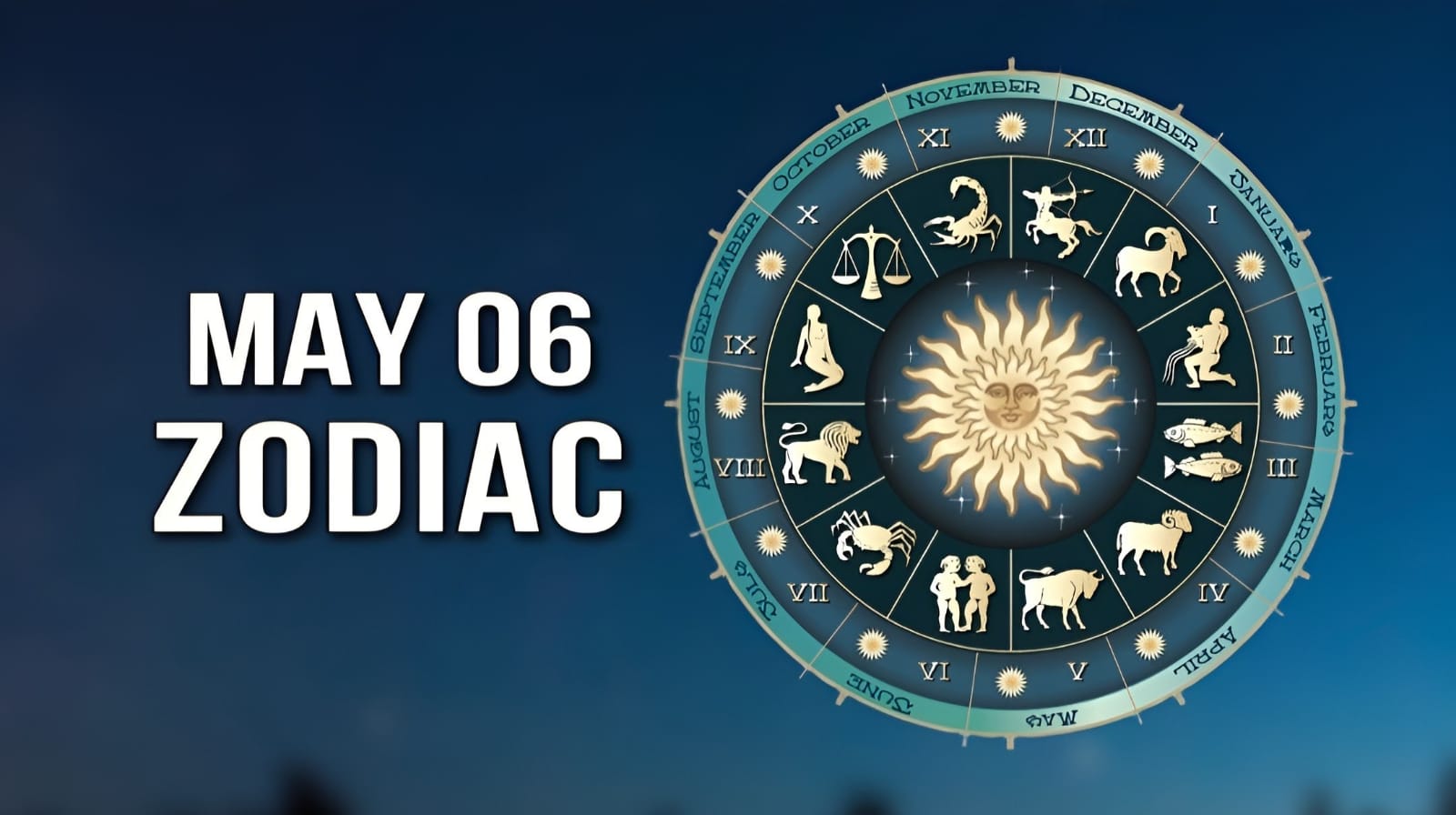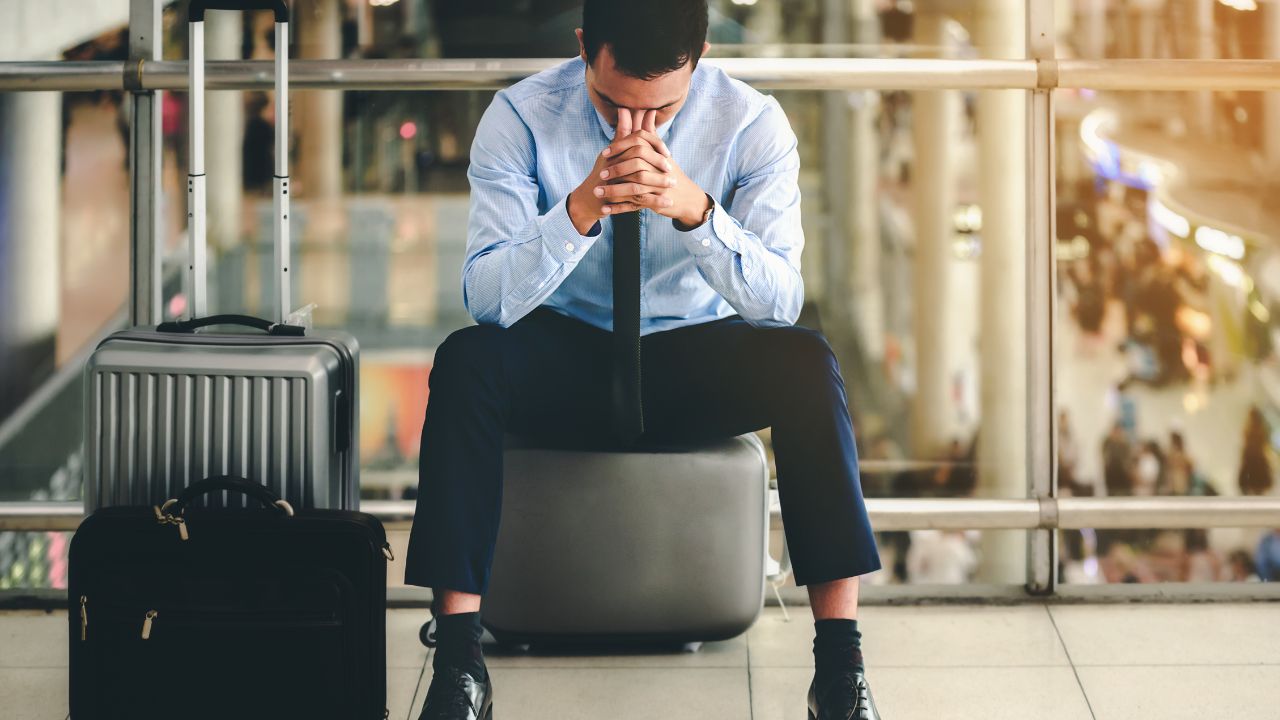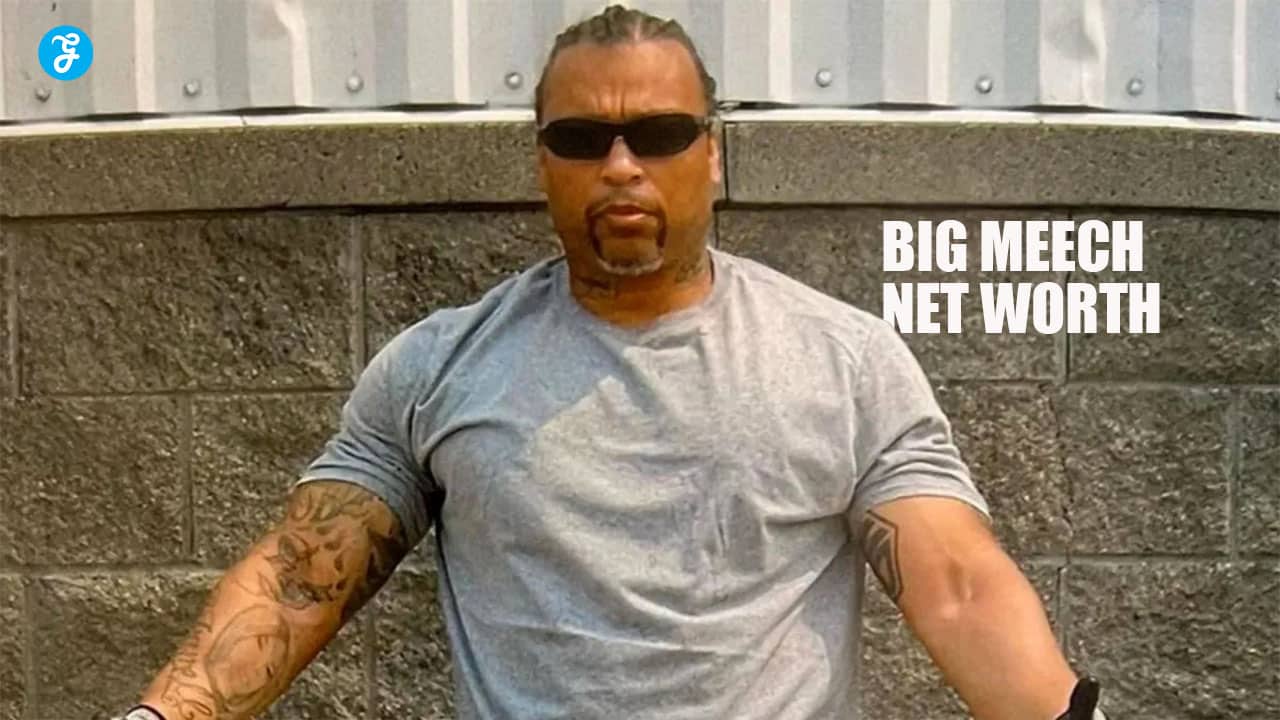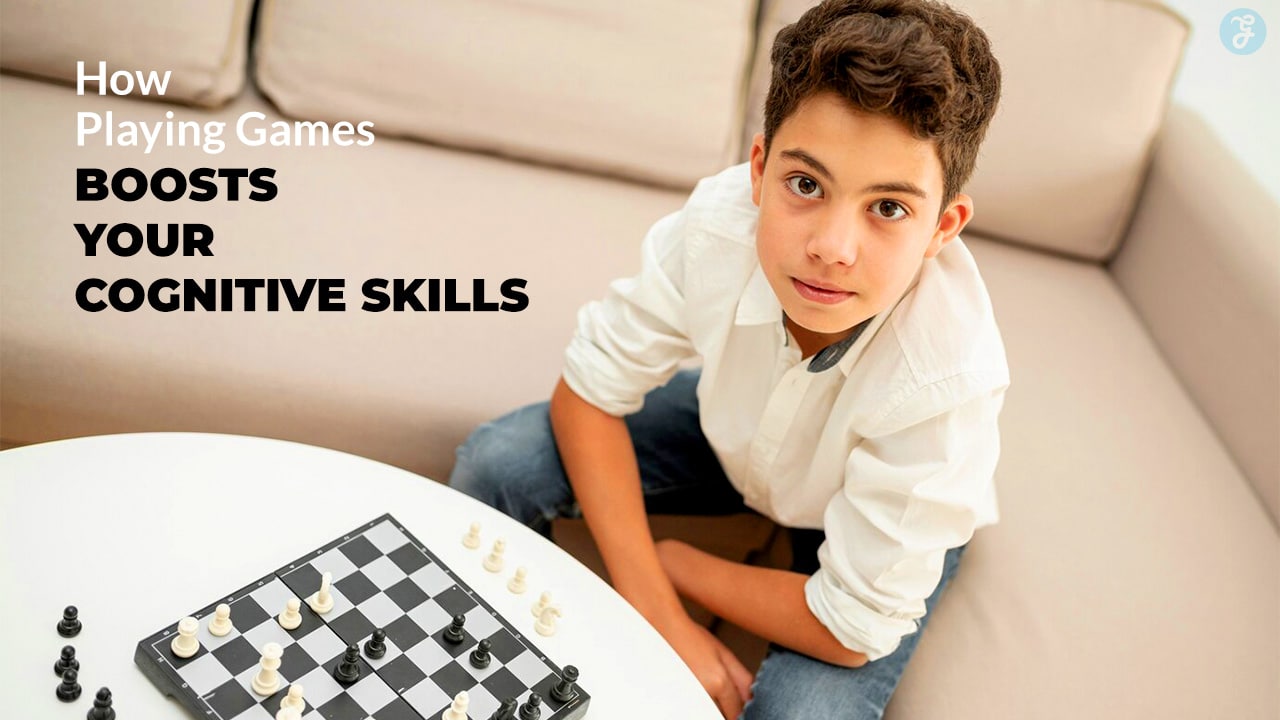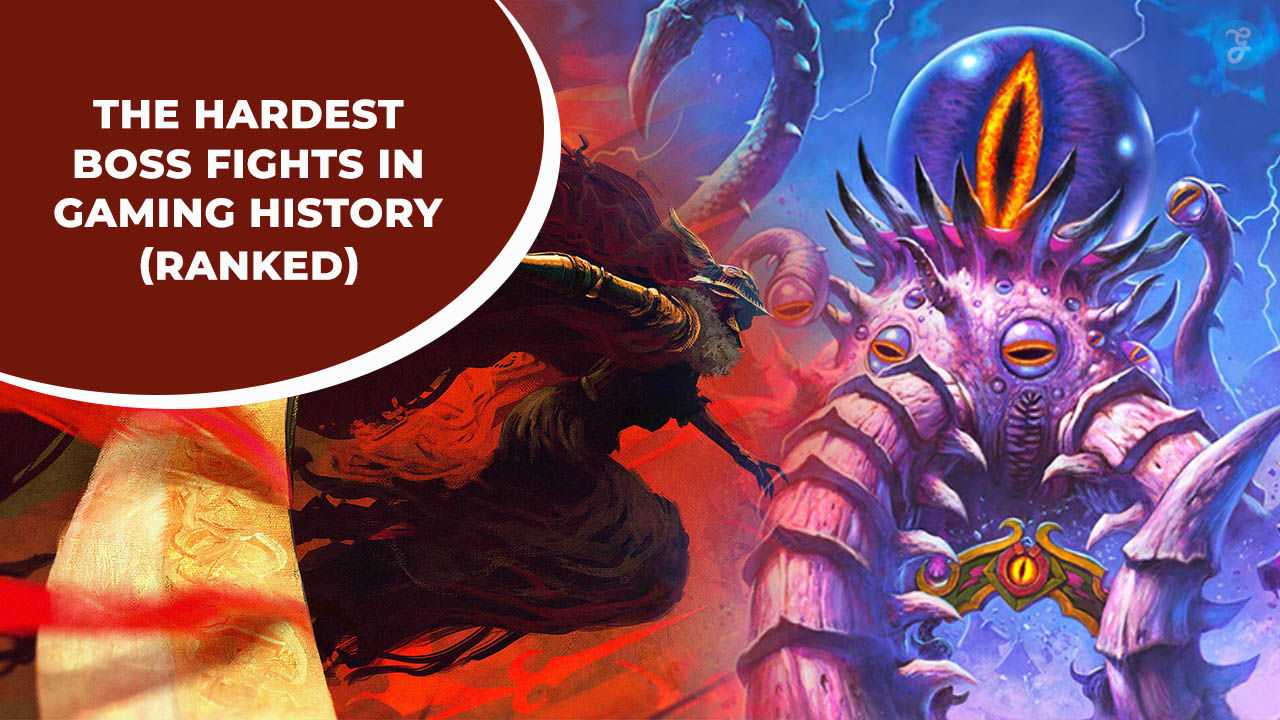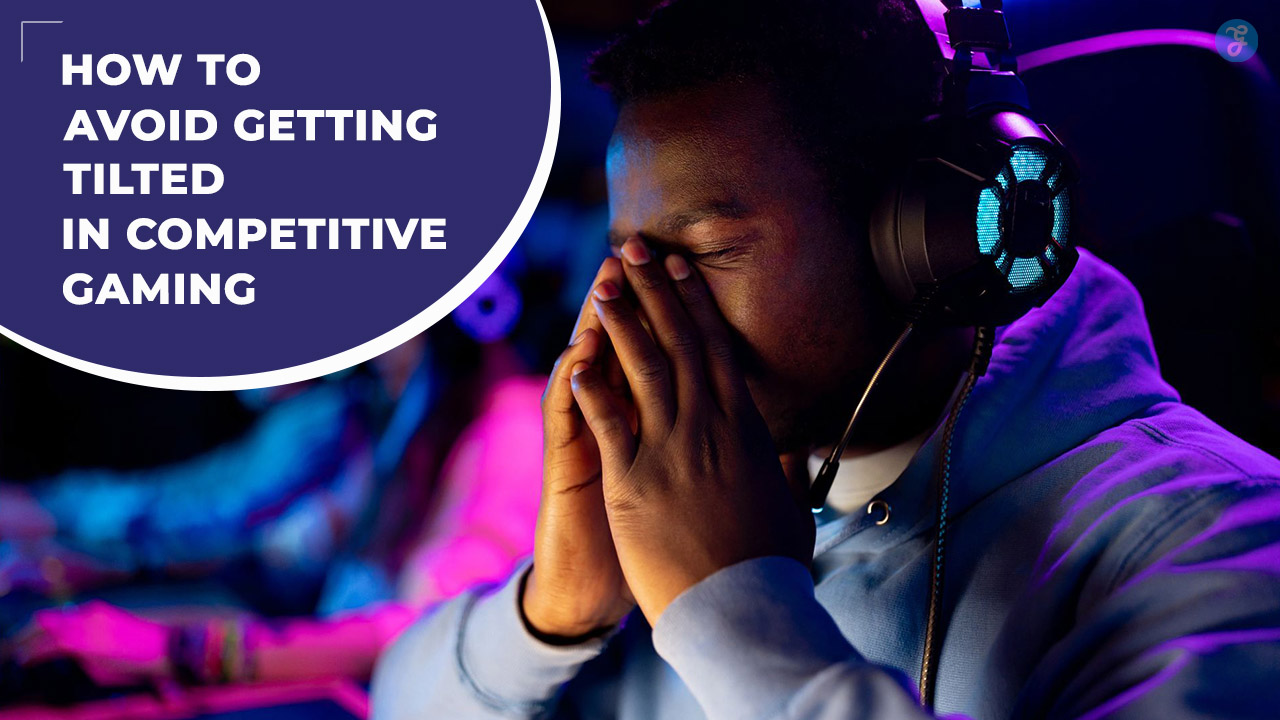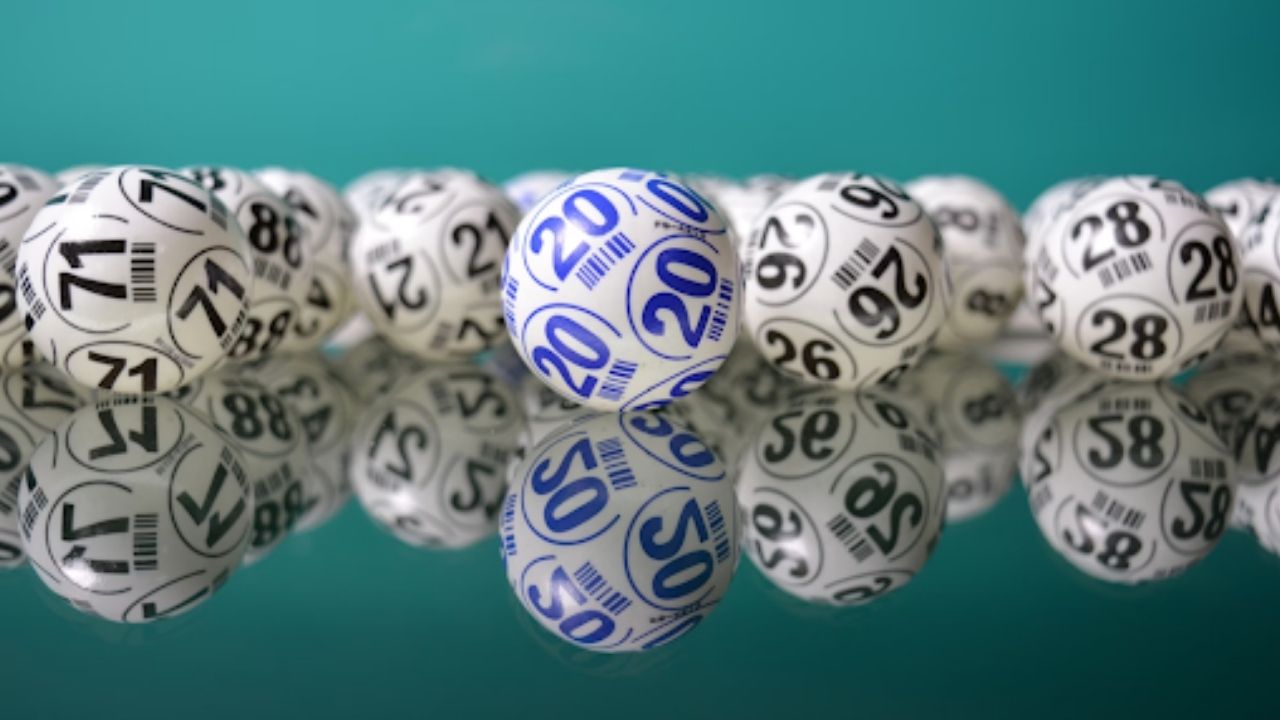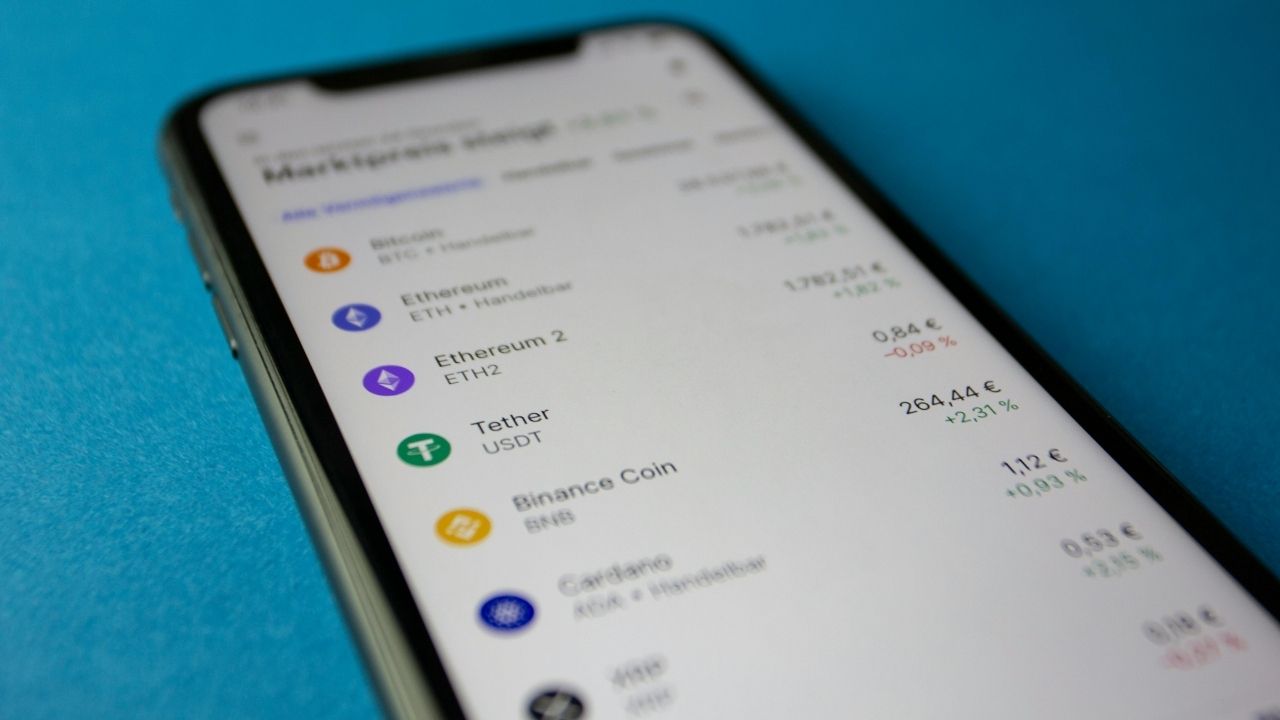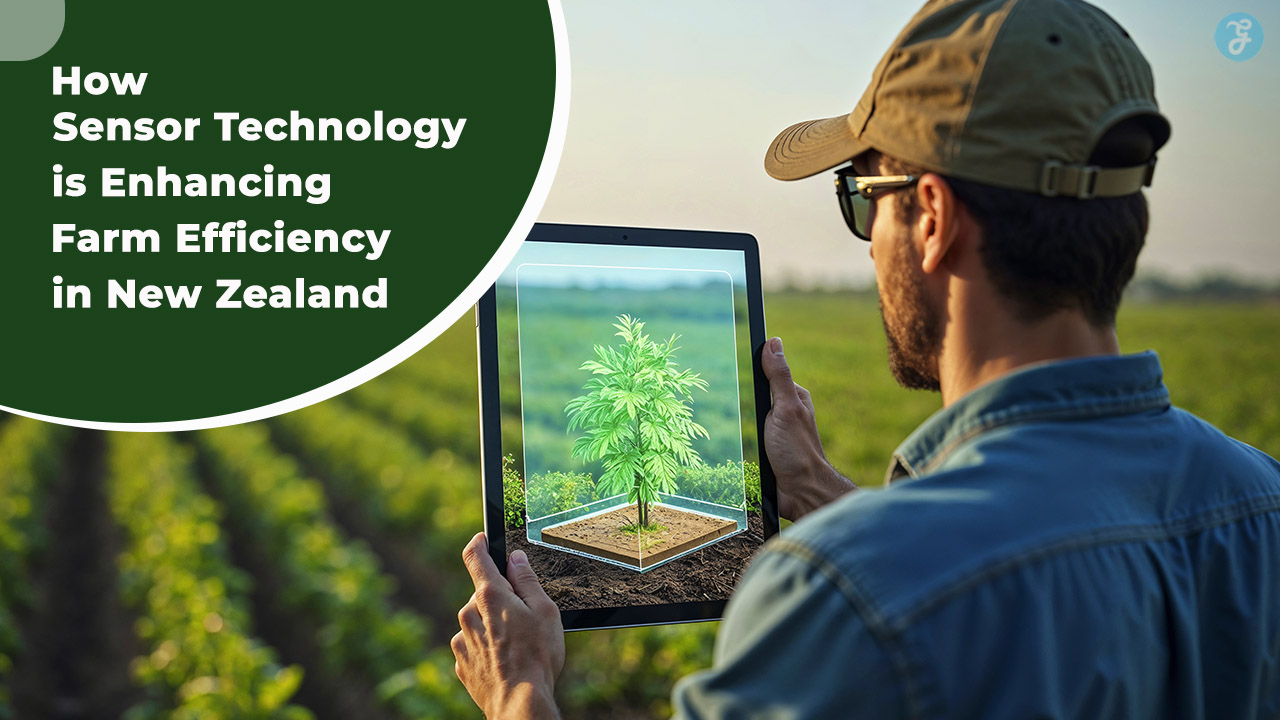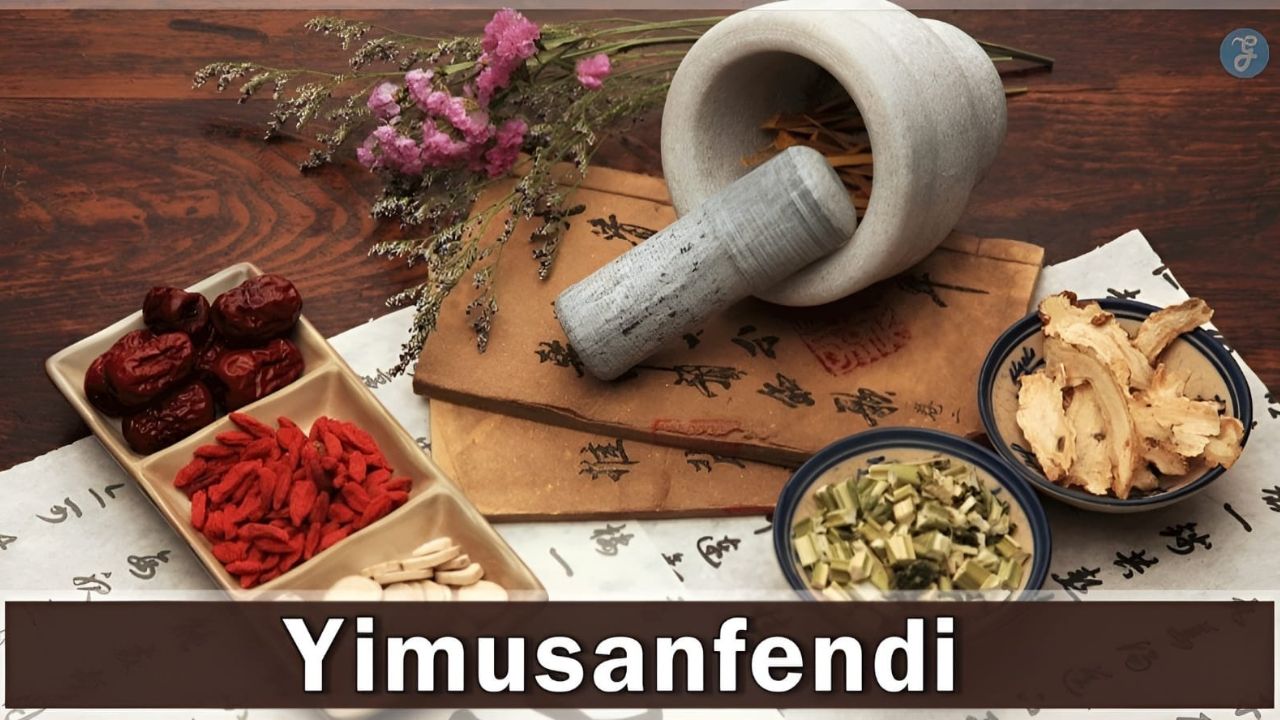Eid Al-Adha, the second of two great Muslim festivals, sees billions of Muslims around the world celebrating with prayer, charity, and sharing. The key to this global celebration lies in the act of sacrificing an animal, symbolizing Prophet Ibrahim’s obedience. The meat from the sacrifice is distributed among family, friends, and the needy, emphasizing communal sharing and generosity.
Special morning prayers mark this festival, also referred to as the “Festival of Sacrifice,” which comes after the Hajj pilgrimage. Traditions vary from country to country, but the core message of faith and unity remains the same. From vibrant henna designs in the Middle East to communal feasts in Asia and Africa, each region brings its own cultural flair to this sacred event.
Do you know how Eid Al-Adha is celebrated globally? Exploring the unique ways Eid Al-Adha is celebrated around the world reveals the rich tapestry of Islamic traditions. Join me as I uncover these diverse practices and the shared values that bind the global Muslim community together during this important holiday.
Eid Al-Adha 2024: Important Dates
Generally, Eid Al-Adha is celebrated the next day of Hajj. In 2024, Hajj (Arafah Day) will happen on June 15. So a large number of Muslim countries, including Saudi Arabia, will celebrate Eid Al-Adha 2024 on June 16. Some countries will celebrate Eid Al-Adha 2024 on June 17. However, according to Islam, one can sacrifice on Eid Al-Adha at any time on 10–12 Dhu al-Hijja (Arabic month)
Historical Significance of Eid Al-Adha
Eid Al-Adha is rooted in a profound historical event involving Prophet Ibrahim and his son Ismail. This festival, marked on the Islamic lunar calendar, carries deep meaning for Muslims worldwide.
The Story of Prophet Ibrahim and His Son
The story of Eid Al-Adha originates with Prophet Ibrahim, a key figure in Islam. God tested Ibrahim’s faith by commanding him to sacrifice his beloved son, Ismail. Despite his sorrow, Ibrahim showed unwavering obedience to God.
Just as Ibrahim was about to carry out the sacrifice, God intervened. A ram was provided as a substitute, demonstrating God’s mercy and Ibrahim’s strong faith. This act of obedience and the divine intervention are central to the celebration of Eid Al-Adha.
The Quranic tale highlights themes of sacrifice and obedience to God. Muslims honor this by sacrificing animals, usually a sheep or goat, and sharing the meat with family, friends, and the needy. This practice mirrors Ibrahim’s willingness to sacrifice and God’s compassion.
Eid Al-Adha in the Islamic Lunar Calendar
Eid Al-Adha falls on the 10th of Dhū al-Ḥijjah, the last month of the Islamic lunar calendar. This timing coincides with the conclusion of the Hajj pilgrimage to Mecca, a sacred journey that every Muslim aims to complete at least once.
The Islamic lunar calendar is shorter than the Gregorian calendar, leading to Eid Al-Adha shifting by about 10–12 days each year. This ensures that the festival is celebrated in different seasons over time.
Marking the culmination of the Hajj, Eid Al-Adha is a time for community prayer and festivity. The specific date varies by region, as it depends on the sighting of the moon. This lunar-based timing adds a unique aspect to the festival, intertwining it with the natural rhythms of the Earth.
The Hajj Pilgrimage and Its Connection to Eid Al-Adha
The Hajj pilgrimage, an annual religious journey to Mecca in Saudi Arabia, holds deep significance in Islam and directly links to the celebration of Eid Al-Adha. This sacred journey culminates in a series of rituals and special days that exemplify faith, devotion, and community.
Rituals of Hajj
Hajj includes several important rituals that pilgrims perform over five days. It starts with Ihram, a state of spiritual purity marked by special clothing. Pilgrims then travel to the Grand Mosque in Mecca to perform Tawaf, circling the Kaaba seven times. Another key ritual is Sa’i, where pilgrims walk seven times between the hills of Safa and Marwah.
These acts symbolize unity and equality among all Muslims. During Hajj, all pilgrims wear simple white garments, erasing any differences in status or wealth. Every pilgrim, whether rich or poor, young or old, is treated the same in the eyes of God.
The Day of Arafah
The Day of Arafah is one of the most significant aspects of Hajj. On this day, pilgrims gather at the Plain of Arafat to pray and seek forgiveness. This event marks the climax of the Hajj pilgrimage and is often considered the most important day for Muslims undertaking Hajj.
Pilgrims spend the entire day in supplication and reflection at Mount Arafat. This day commemorates Prophet Muhammad’s final sermon and is seen as a day of mercy, where sins are forgiven, and prayers are answered. For those not on Hajj, fasting on the Day of Arafah is highly recommended, as it expiates sins of the previous and coming year.
The Significance of Minā During Hajj
Minā, located just outside of Mecca, is crucial during Hajj. Pilgrims stay in tent cities here and perform the Ramy al-Jamarat ritual. In order to represent the Prophet Ibrahim’s rejection of evil during his test of faith, this involves throwing pebbles at three stone structures.
This act connects directly to Eid Al-Adha. After Ramy al-Jamarat, pilgrims sacrifice an animal, commemorating Ibrahim’s willingness to sacrifice his son as a test of faith. The meat from the sacrifice is then distributed to the poor, ensuring that everyone can participate in the joy and blessings of Eid Al-Adha.
Eid Al-Adha Practices and Rituals
The act of Qurbani, group prayers, and festive meals all mark Eid Al-Adha as a significant Islamic holiday. Here, I explore these practices as they are observed around the globe.
The Act of Qurbani
Qurbani, or the sacrificial ritual, is a key practice during Eid Al-Adha. It commemorates Prophet Abraham’s willingness to sacrifice his son in obedience to Allah. Typically, a goat, sheep, cow, or camel is sacrificed. The meat is then divided into three parts: one for the family, one for friends and relatives, and one for those in need.
This act symbolizes sharing and charity. Many Muslims also participate in rearing their chosen animal before the ritual, which fosters a sense of responsibility and connection to the sacrifice.
Communal Prayers and Sermons
On the morning of Eid Al-Adha, Muslims gather in mosques or open grounds for communal prayers. Following the Salat al-Eid prayer, there is a sermon.
The sermon, or khutbah, often focuses on the themes of sacrifice, devotion, and the Hajj pilgrimage. These gatherings are a time for the community to come together, reflect, and strengthen their faith.
Traditional Foods and Feasts
Feasts are an integral part of Eid Al-Adha celebrations. After the Qurbani, families prepare a variety of traditional dishes using the sacrificed meat.
Popular dishes include biryani, kebabs, and stews, which vary by region. These meals are shared with family, friends, and neighbors, emphasizing the values of generosity and community. The festive atmosphere is heightened by the sharing of sweets and desserts, making the day joyful and fulfilling.
When will Eid Al-Adha 2024 be Celebrated?
- Bahrain: June 16, Sunday
- Kuwait: June 17, Monday
- Oman: June 17, Monday
- Saudi Arabia: June 16, Sunday
- UAE: June 16, Sunday
- India: June 17, Monday
- Bangladesh: June 17, Monday
- Pakistan: June 17, Monday
- Indonesia: June 17, Monday
- Afghanistan: June 17. Monday
- Morocco: June 17, Monday
- Algeria: June 16, Sunday
- USA: June 16, Sunday
- UK: June 16, Sunday
- Australia: June 16, Sunday
How Eid Al-Adha is Celebrated Globally?
Muslims all over the world celebrate Eid Al-Adha with rituals that emphasize tradition, community, and faith. Different countries enrich the celebration with unique practices reflecting their distinct cultures.
Eid Al-Adha in the Middle East
In the Middle East, Eid Al-Adha begins with a morning prayer at mosques and open areas. Families gather to perform the Qurbani, or animal sacrifice, which commemorates Abraham’s willingness to sacrifice his son. The meat is then distributed among family, friends, and the less fortunate.
Countries like Saudi Arabia and the UAE often have public holidays spanning three to four days. People wear new clothes, visit loved ones, and share festive meals. Traditional dishes, such as lamb and rice, are commonly enjoyed. These gatherings foster a sense of community and gratitude.
South and Southeast Asia’s Eid Celebrations
In South and Southeast Asia, countries like India, Pakistan, Indonesia, and Malaysia celebrate Eid Al-Adha with elaborate prayers and animal sacrifices. The day starts with a special Salat al-Eid (eid prayer) at large mosques or community grounds.
Families then perform the sacrificial rites, distributing the meat in three parts: one for family, one for friends, and one for the needy. Festive meals, including biryani, kebabs, and sweets, are prepared and shared. In these regions, it’s customary to decorate homes with lights and colorful ornaments, adding vibrance to the celebrations.
Eid Traditions in Africa
Eid Al-Adha in Africa varies greatly across the continent. In North African countries like Morocco and Egypt, the day starts with a communal prayer, followed by the Qurbani. Families come together to cook festive meals featuring couscous, tajine, or roasted lamb.
In Sub-Saharan Africa, traditional music and dancing are integral to the celebration, reflecting the local culture. People wear their best traditional attire, and children often receive gifts and sweets. The sense of community is strong, with extended family visits and communal feasting.
Observing Eid Al-Adha in Western Countries
A combination of religious and cultural customs mark Eid al-Adha in Western nations like the United States, Canada, and parts of Europe. Muslims gather for morning prayers at mosques or Islamic centers. Given the multicultural environment, the celebration often includes a diverse mix of foods and traditions.
Muslims in these regions perform the Qurbani through licensed religious slaughterhouses, with meat commonly donated to food banks and shelters. Family and friends gather for meals, sharing dishes from their cultural backgrounds. While it may not be a public holiday, the spirit of Eid is kept alive through community events and social gatherings.
The Spirit of Generosity and Charity
Eid Al-Adha emphasizes the importance of helping the less fortunate and sharing blessings with others. This festival is marked by the distribution of meat and various acts of charity.
The Distribution of Meat
On Eid Al-Adha, families sacrifice an animal, usually a goat, sheep, or cow. The meat from this sacrifice is then divided into three parts. One part is kept for the family, another is given to relatives and neighbors, and the third part is distributed to the poor and needy.
This act of sharing meat ensures that everyone, regardless of their financial situation, can enjoy a special meal on this significant day. It’s a way to foster community spirit and make sure that those who are less fortunate are taken care of. The distribution process highlights values of compassion and brotherhood, bringing the community together.
Supporting the Less Fortunate
Charity is a key component of Eid Al-Adha. In addition to distributing meat, many people donate money and other essentials to support those in need. This can include financial aid, food supplies, clothes, and other necessities.
Supporting the less fortunate during Eid Al-Adha is seen as a duty and a way to purify one’s wealth. Many charitable organizations and community groups also organize special events and collections to ensure that help reaches as many people as possible. This collective effort underscores the festival’s spirit of generosity and reinforces the bonds within society, reminding everyone of the importance of empathy and kindness.
Reflections on Faith and Community
Eid Al-Adha emphasizes faith, devotion, and the strengthening of community bonds through social and interfaith gatherings.
The Importance of Family and Social Gatherings
Family and community are central to Eid Al-Adha celebrations. Families come together to share meals, perform prayers, and engage in acts of charity. This holiday fosters a sense of togetherness, where large community feasts bring everyone closer.
In numerous regions, people gather not only with their immediate family but also with neighbors and friends. These social gatherings enhance communal bonds, highlighting the values of compassion and generosity. By participating together in rituals and feasts, individuals feel a profound connection to their faith and community.
Interfaith Dialogue and Judeo-Christian Connections
Eid Al-Adha also serves as an opportunity for interfaith dialogue. The story of Prophet Abraham’s willingness to sacrifice his son is a significant shared narrative in Islamic, Christian, and Jewish traditions. This commonality opens doors for meaningful interfaith conversations and mutual respect.
Engaging in such dialogues allows different faith communities to find common ground and appreciate shared values. Recognizing these connections fosters unity and respect among diverse religious groups, reinforcing the spiritual reflection and commitment central to Eid Al-Adha.
Takeaways
Eid al-Adha, with its deep historical roots and profound themes of sacrifice, faith, and community, serves as a powerful reminder of the values that bind Muslims worldwide. This sacred festival transcends cultural boundaries, showcasing the rich tapestry of Islamic traditions from the Middle East to Africa, Asia, and beyond.
From this article, we know how Eid Al-Adha is celebrated globally. Through the act of Qurbani, communal prayers, and festive gatherings, Muslims around the globe come together to honor Prophet Ibrahim’s legacy, emphasizing generosity and compassion.
As we reflect on the diverse ways Eid Al-Adha is celebrated, we are reminded of the universal principles of faith, unity, and charity that lie at the heart of this cherished holiday.


